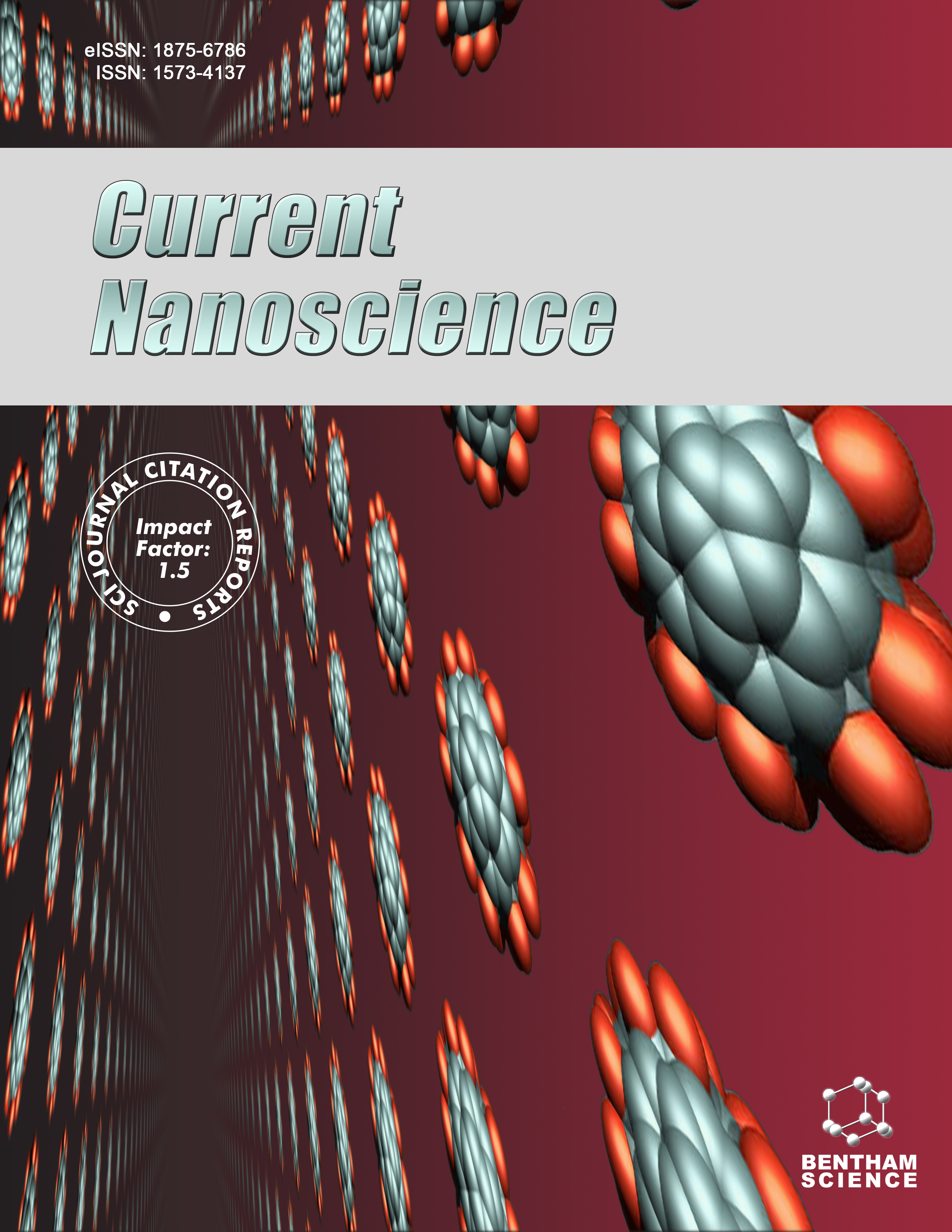
Full text loading...
We use cookies to track usage and preferences.I Understand
In the present investigation, low molecular weight polyethylenimine (LMW PEI, 1.8 kDa PEI) was conjugated to dextrin via urethane units and tested to transfer plasmid encoding interleukin-12 (IL-12) plasmid. Although high molecular weight PEI (HMW PEI, 25 kDa PEI) has shown substantial transfection efficiency, its wide application has been hampered due to considerable cytotoxicity. Therefore, LMW PEI with low toxic effects was used as the core of our gene transfer construct.
LMW PEI was conjugated to dextrin via urethane units to improve its biophysical characteristics as well as cytotoxic effects. The conjugates were characterized in terms of buffering capacity, plasmid DNA condensation ability, particle size, and zeta potential as well as protection against enzymatic degradation. In Vitro experiments were carried out to evaluate the ability of these LMW PEI conjugates to transfer plasmid encoding human interleukin-12 (hIL-12) to the cells. The MTT assay was performed to measure the cell-induced toxicity of the conjugates.
The results of our study demonstrated that the PEI derivatives with higher amounts of amine content (i.e. higher conjugation degrees) have considerable buffering capacity and plasmid condensation ability. These conjugates could condense plasmid DNA at Carrier to Plasmid ratios (C/P) ≥2 and form polyplexes at the size range of 120-165 nm while their zeta potential was around 5.5-8.5 mV. The results of transfection efficiency demonstrated that the level of IL-12 production increased by 2-3 folds compared with unmodified LMW PEI while the level of cytotoxicity was not higher than 20%.
The strategy used in this study shows a promising way to prepare gene carriers with high transfection efficiency and low toxicity.

Article metrics loading...

Full text loading...
References


Data & Media loading...
Supplements

